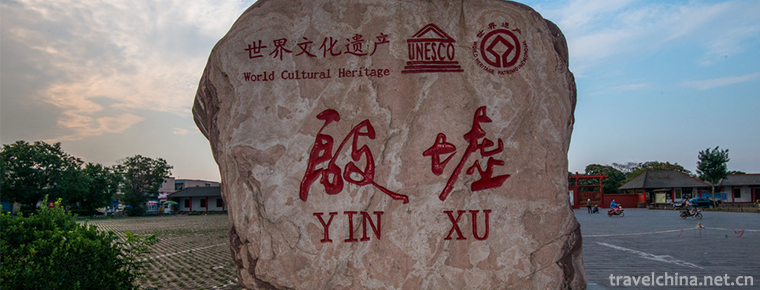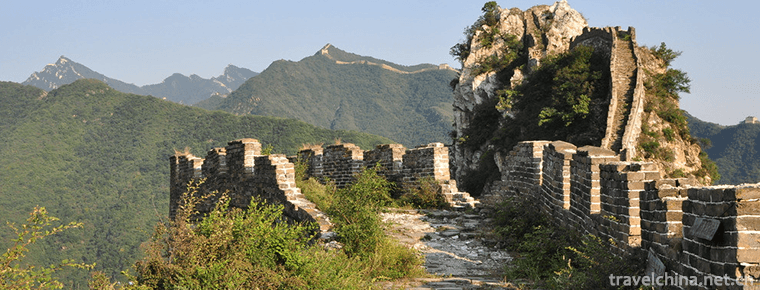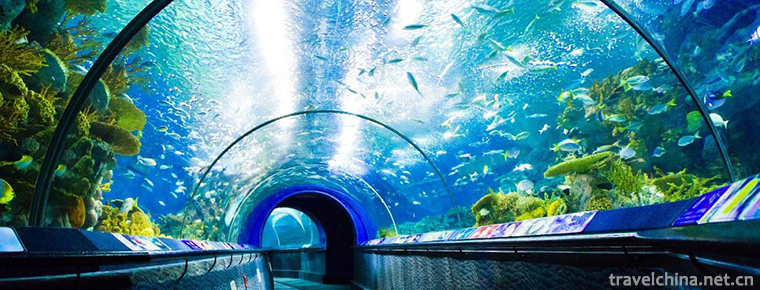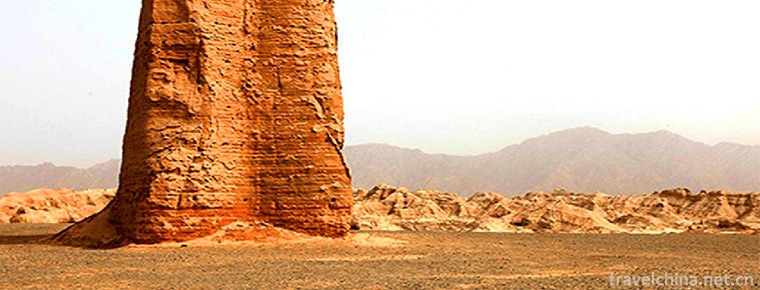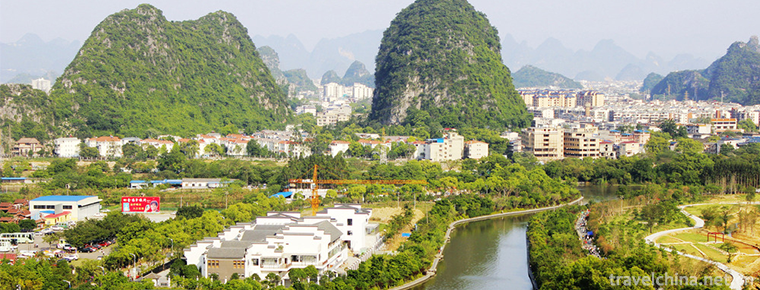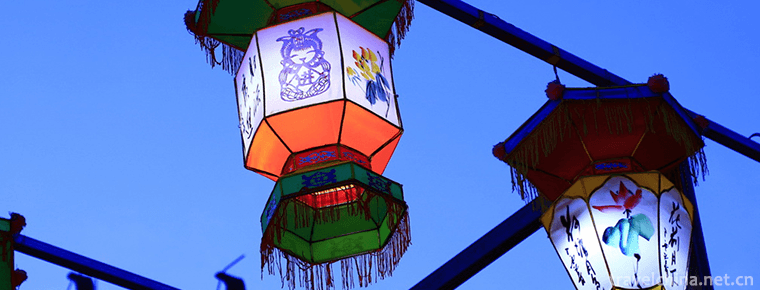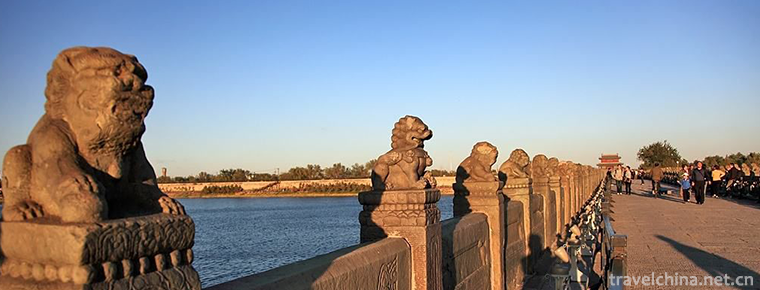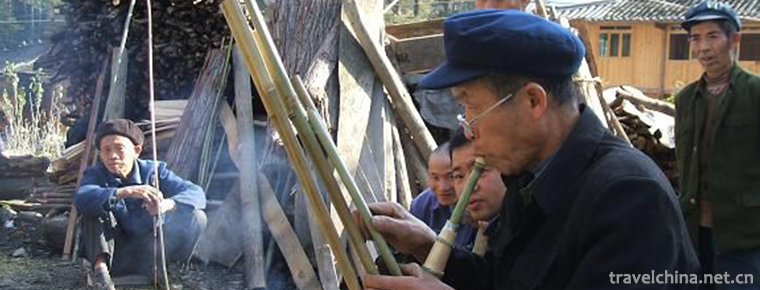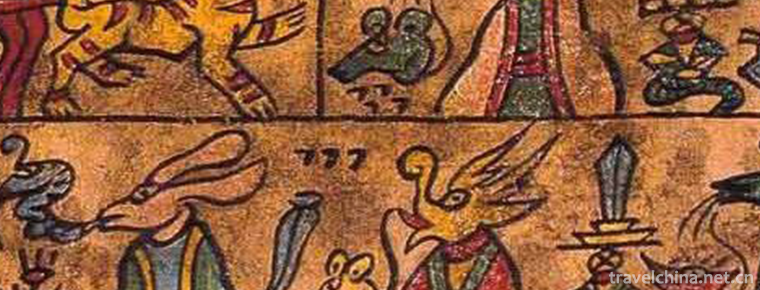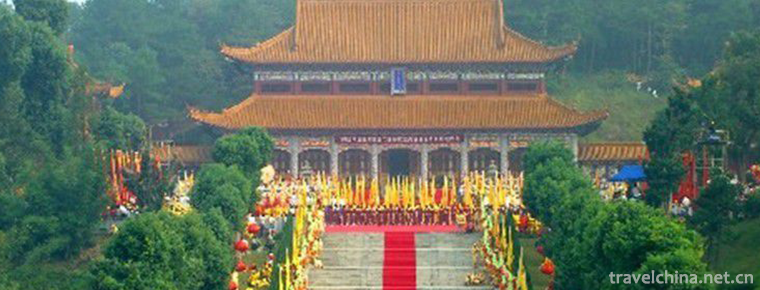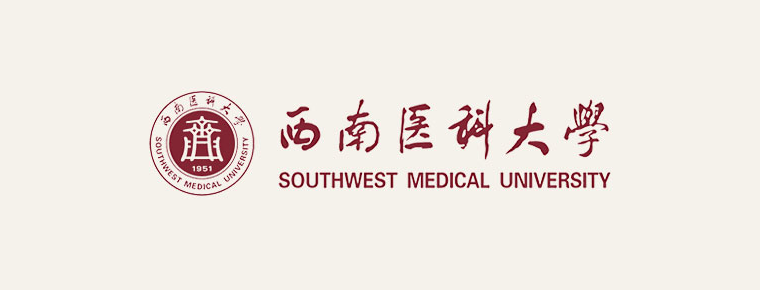Neijiang climate
Neijiang climate
Neijiang City belongs to subtropical humid monsoon climate. Affected by the basin and the natural environment, it has the characteristics of mild climate, abundant rainfall, sufficient light and heat, and long frost free period. It is warm in winter and hot in summer, with moderate rainfall. The average temperature is 15 ℃ - 28 ℃, the average temperature in January is 6 ℃ - 8 ℃, and the average temperature in July is 26 ℃ - 28 ℃. The maximum temperature can reach 41 ℃, the minimum temperature is - 5.4 ℃, and the active accumulated temperature is about 5598 ℃. The annual average total solar radiation is 89.6 kcal / cm2, the annual total sunshine hours are 1100-1300 hours, and the frost free period is 330 days. The number of frost days in a year is generally about 4-8 days. The main disastrous weather is drought, with alternating drought and flood; in spring, summer, autumn and winter, low temperature, wind and rainstorm occur from time to time, and continuous rain is obvious. The annual temperature has obvious phenomenon of dry winter and spring drought, at the same time, the phenomenon of summer drought and summer drought occurs from time to time. In history, there is a saying that "there is a great drought in ten years, a small drought in five years, two droughts in three years, and drought in flower arrangement every year.". The annual relative temperature is about 80%. The annual rainfall of 1000 mm is more than or equal to that in summer, accounting for 60% of the annual rainfall. The high temperature period is basically consistent with the rainy season, accounting for 17% in spring and 4% in winter.

Neijiang climate
-
Yin Ruins Scenic Area (Yin xu)
Yin Ruins, formerly known as "Northern Mongolia" , is the ruins of the capital city in the late Shang Dynasty of China, located in Anyang City, Henan Province
Views: 212 Time 2018-12-09 -
Xiangshui lake the Great Wall
Xiangshui Lake is another unique and beautiful tourist attraction in the suburbs of Beijing. Located in the west of the Great Wall of Huairou Mutianyu
Views: 474 Time 2018-12-10 -
Shanghai Ocean Aquarium
Shanghai marine aquarium is located at 1388 Lujiazui Ring Road, Pudong New Area, Shanghai, China, next to the Oriental Pearl Tower. Singaporean Xingya Group and Chinese Poly Group have jointly
Views: 207 Time 2018-12-19 -
Kizil Gaha Peak Sui
Located on the east side of Saltwater Valley in the northwest of Kuqa County Town, Kizil Mahabi is a towering ancient military building with the meaning of "old red mouth" or "red sentr
Views: 154 Time 2018-12-23 -
Jiangwan Scenic Area of Wuyuan
Jiangwan Scenic Area is located in the northeast of Wuyuan County, Jiangxi Province, Shangrao City. It is an ancient village with rich Huizhou culture. Up to now, the village has preserved a large num
Views: 226 Time 2019-01-21 -
Jiuizi Scenic Spot
Yuuzi Square is located in the Central District of Wuhu City. The square covers a total area of 678,800 square meters and its spatial structure is changeable. Priority is distinct and rhythmic
Views: 125 Time 2019-01-29 -
Legend of Lugou Bridge
The legend of Lugou Bridge is very rich in content, including the construction of Lugou Bridge, the lion on Lugou Bridge, Lugou pier chopping dragon and sword, Lugou Xiaoyue, Lugou Bridge and Wanping
Views: 380 Time 2019-05-15 -
Miao Lusheng Production Techniques
Miao Lusheng production process is complex, generally using scraping, cutting, through, hammering, clamping, drilling and other related tools, through the selection of materials, baking materials, mak
Views: 175 Time 2019-06-05 -
Naxi Dongba Painting
Naxi Dongba painting is an important part of Naxi Dongba culture and art, which is spread in the ancient city area of Lijiang City and Yulong Naxi Autonomous County of Yunnan Province. During the ritu
Views: 157 Time 2019-06-07 -
Yandi Festival
"Yandi Mausoleum Festival" is divided into official and folk sacrifices. Folk sacrifice began in summer, official sacrifice originated in Zhou, and Emperor sacrifice originated in Tang Dynas
Views: 199 Time 2019-07-10 -
Southwest Medical University
Southwest Medical University is an ordinary university in Sichuan Province. It is located in Luzhou, a famous historical and cultural city and a civilized city in the region of Sichuan, Yunnan, Guizho
Views: 139 Time 2019-08-31 -
Baoguang Temple
Baoguang temple is located in Xindu District, Chengdu City, Sichuan Province, China. It is one of the Buddhist temples with a long history, large scale, complete structure and quiet environment.
Views: 135 Time 2020-11-05
